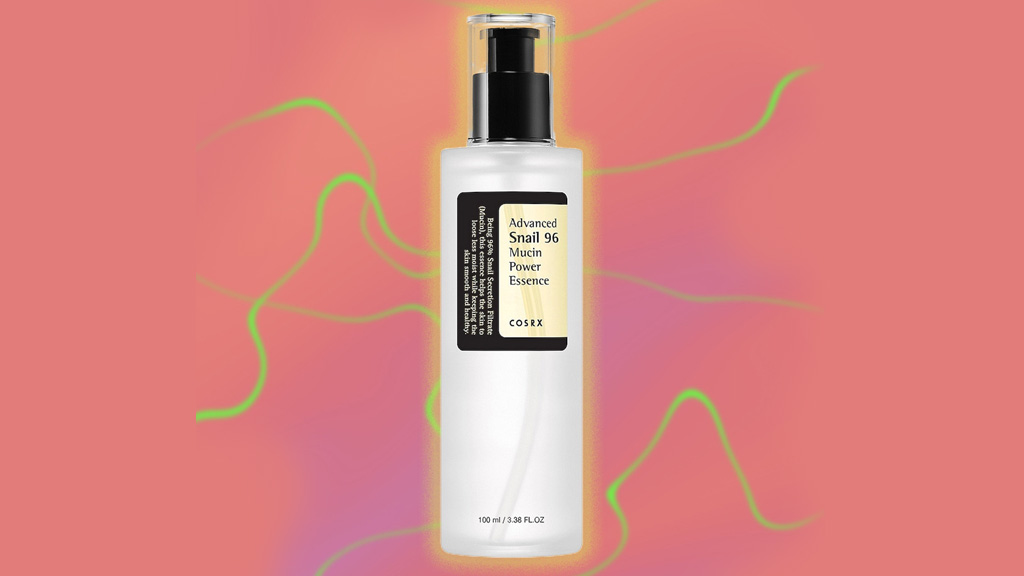
Snail Mucin Is Controversial Among Skin Experts, But Not For The Reason You Think
If your FYP is anything like mine, it’s full of people recommending products they bought on TikTok Shop. Whether it’s a pebble ice maker, the Sol de Janeiro fragrance mists, or that unavoidable shadow work journal, it seems like every day there is a new reason to spend a little bit of money while swiping through. But the one thing I’m seeing all over my TikTok shop recommendations are products with snail mucin, aka the slippery viscose liquid that snails ooze to keep them hydrated. The hashtag #snailmucin has over 750 million views on TikTok. People who use it are hailing it as a hero ingredient, claiming it’s “better than retinol”, a saviour for those on Roaccutane, and “worth every penny” due to the ingredient’s ability to boost hydration, smooth texture, and promote collagen production.
But much like every other ingredient out there, snail mucin isn’t without its naysayers. Users report hives, breakouts, and fungal acne, as well as a possible correlation between dust mite allergies, shellfish allergies, and an adverse reaction to the mucin itself. My own allergies were triggered by using snail mucin with small bumps forming on my face seemingly out of nowhere. I found myself wondering exactly why that was happening, so I reached out to beauty experts to see if we really should be taking the concept of ‘slugging’ literally.